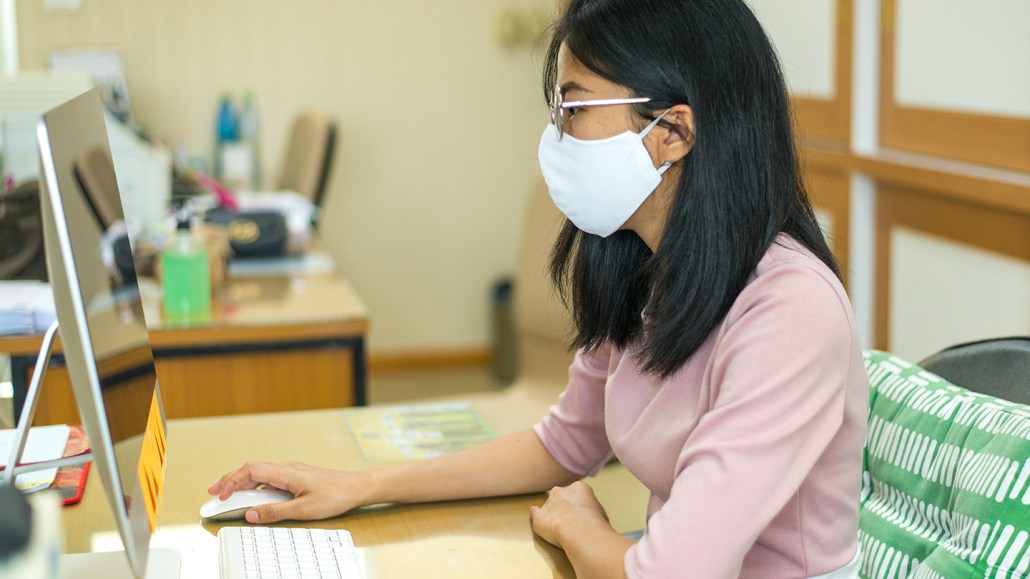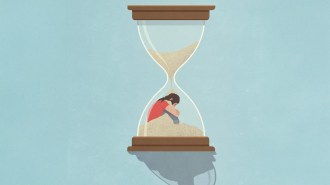The COVID-19 pandemic made U.S. college students’ mental health even worse
Almost half of the students surveyed experienced high levels of emotional distress and worry

About 85 percent of college students experienced moderate to high levels of distress during the pandemic’s early days, a new study shows. Those who reported the highest distress levels included women, Asians and students who knew someone with COVID-19.
Jukrachai Inthidech/iStock/Getty Images Plus







